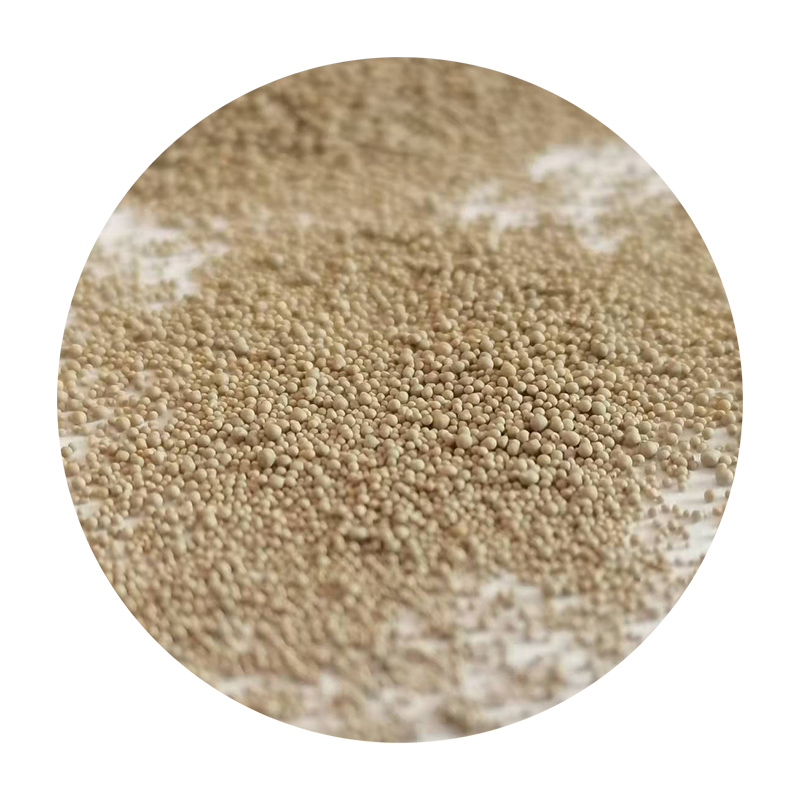Wet Sanding Ceramics A Comprehensive Guide
Wet sanding is an essential technique for finishing ceramics, providing a smoother finish and enhancing the overall quality of the surface. This method involves the use of water during the sanding process, which helps to minimize dust and issues related to heat buildup. Whether you are a professional ceramic artist or a hobbyist, understanding the principles and practices of wet sanding can greatly enhance your craft.
The Importance of Wet Sanding
When working on ceramic pieces, especially those that are intricately designed or require a polished finish, traditional sanding methods can produce unwanted debris and damage the surface. Wet sanding offers several advantages, including
1. Reduction of Dust Traditional dry sanding can create a significant amount of dust, which can be harmful to breathe in and will settle on other surfaces. Wet sanding keeps the dust down and makes cleanup easier.
2. Heat Control The friction generated during sanding can lead to overheating, which may cause cracks or other forms of damage in the ceramic. Water helps dissipate heat, ensuring that the integrity of the piece is maintained.
3. Smoother Finish The use of water allows for finer particles to be removed from the surface, resulting in a smoother finish. This is particularly important for pieces that are to be glazed or painted afterward.
The Wet Sanding Process
wet sanding ceramics

The wet sanding process involves several key steps to ensure effective results
1. Preparation First, gather your materials. You will need wet/dry sandpaper, a sanding block or sponge, a spray bottle filled with water, and, if necessary, a bucket of water to dip your sanding materials into. Select sandpaper with a grit that is appropriate for your project's stage; coarser grits (like 220) are suitable for initial sanding, while finer grits (like 600 or higher) are used for finishing touches.
2. Moisten the Sandpaper Before you begin sanding, it's essential to wet the sandpaper. You can do this by spraying it lightly with water or by soaking it in a bucket. The key is to ensure that the sandpaper is sufficiently wet to prevent clogging.
3. Sand the Surface Begin sanding the ceramic piece gently. Use a circular or back-and-forth motion, applying light to moderate pressure. The water will help remove any debris created during the sanding process, ensuring that you achieve an even finish. Regularly rinse the sandpaper to keep it clean and effective.
4. Check Your Progress Periodically stop to wipe the surface with a damp cloth to assess your progress. This will give you a clear view of the finish and help you identify any rough spots that need more attention.
5. Final Touches Once you have achieved the desired smoothness with your finer grit sandpaper, rinse the ceramic piece under running water to remove any remaining particles. Allow it to dry completely before applying any paint or glaze.
Conclusion
Wet sanding is a valuable technique for anyone working with ceramics, offering a cleaner, safer, and more efficient means of achieving a polished finish. By understanding the benefits and following the proper steps, you can significantly improve the quality of your ceramic artwork. Whether preparing pieces for sale or creating unique gifts, mastering wet sanding will undoubtedly elevate your ceramics to new heights of artistry. Happy sanding!
Post time:ное. . 05, 2024 02:02
Next:sand casting uses
